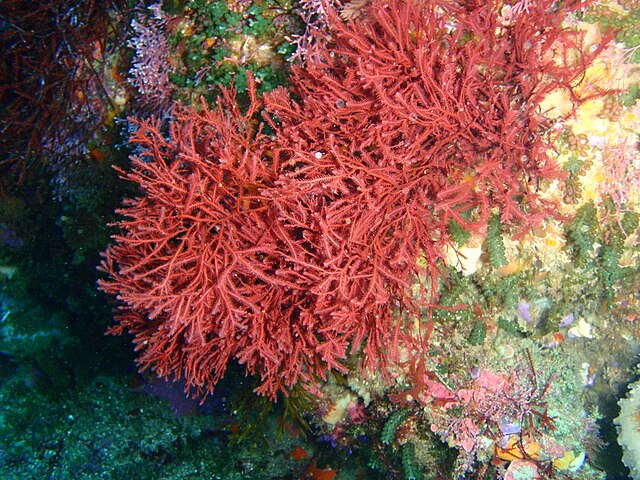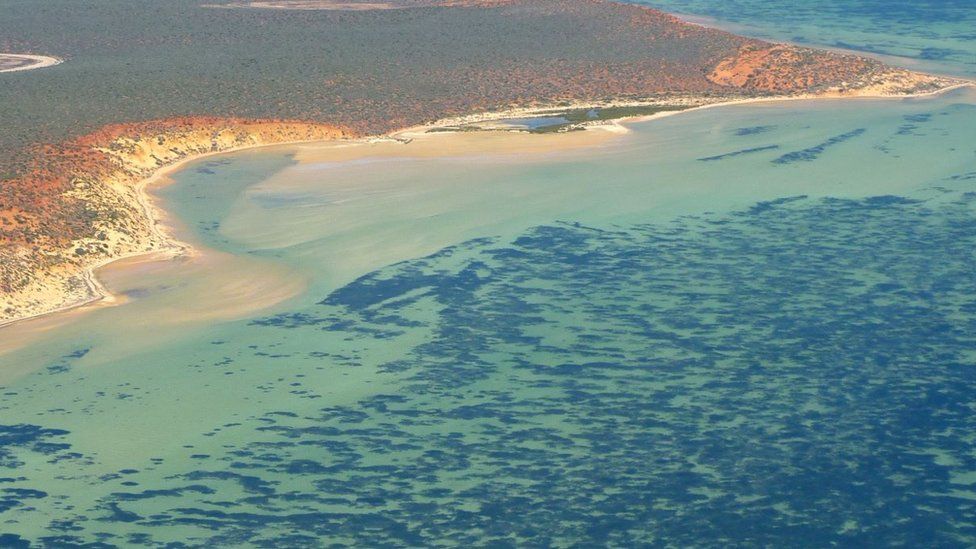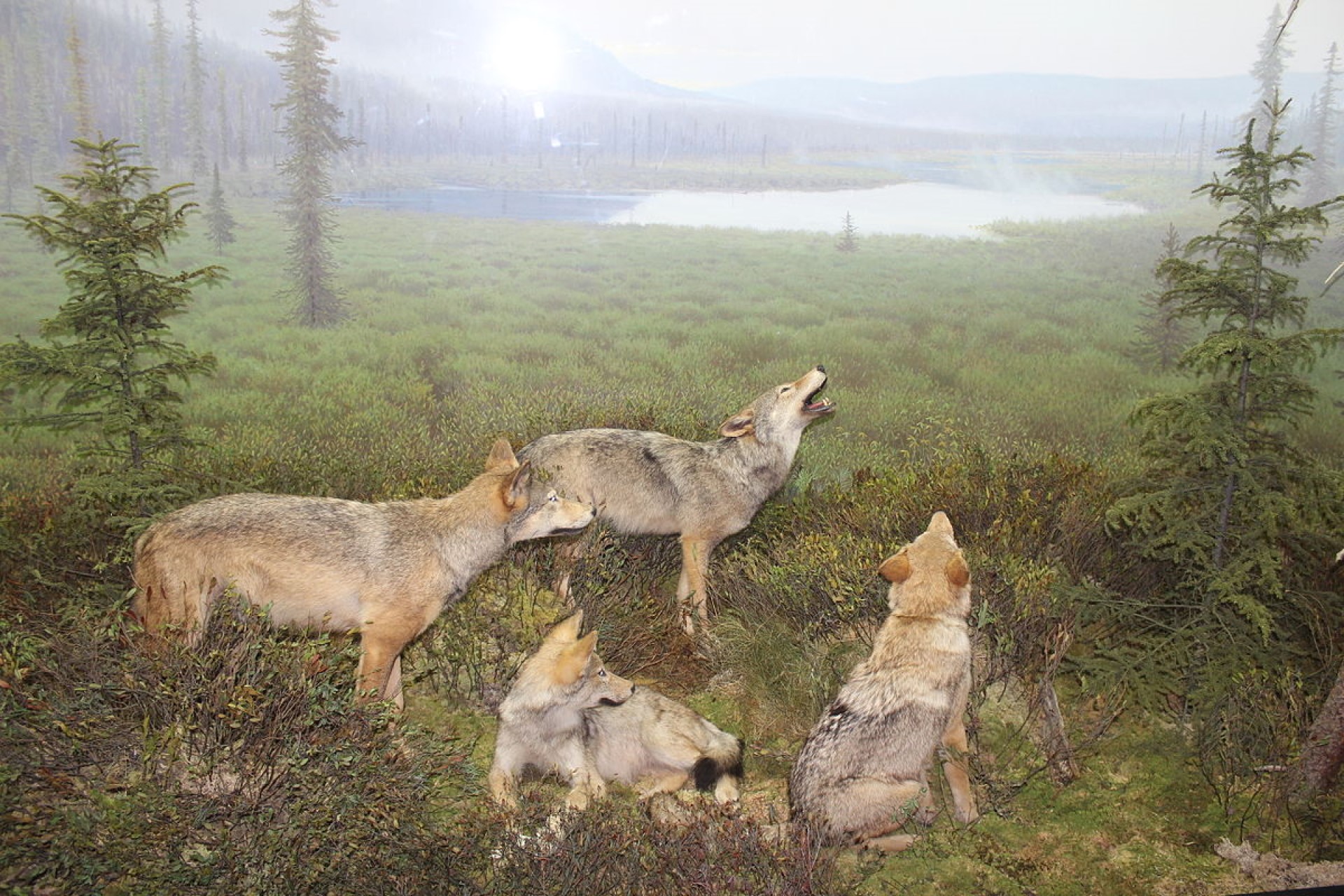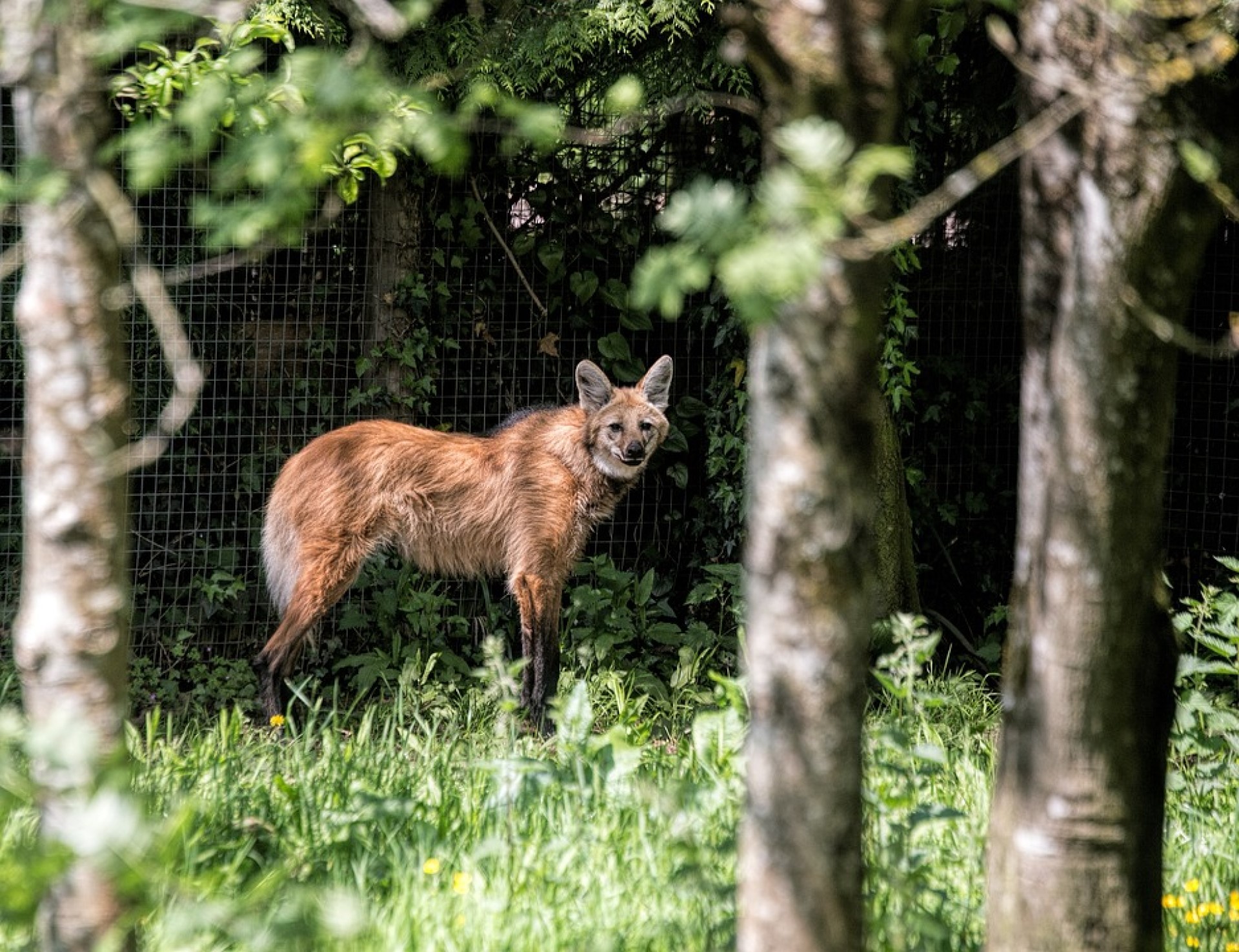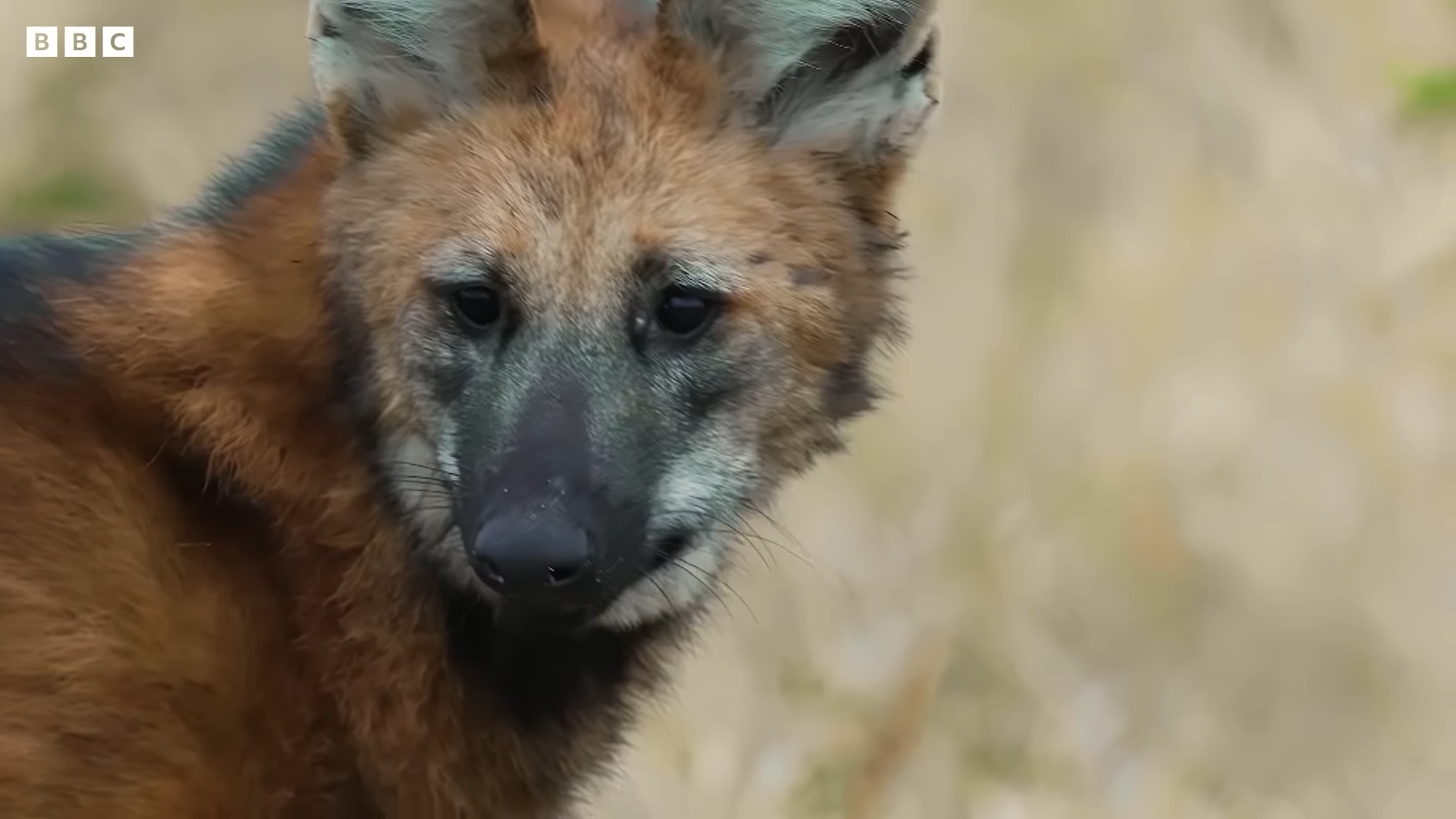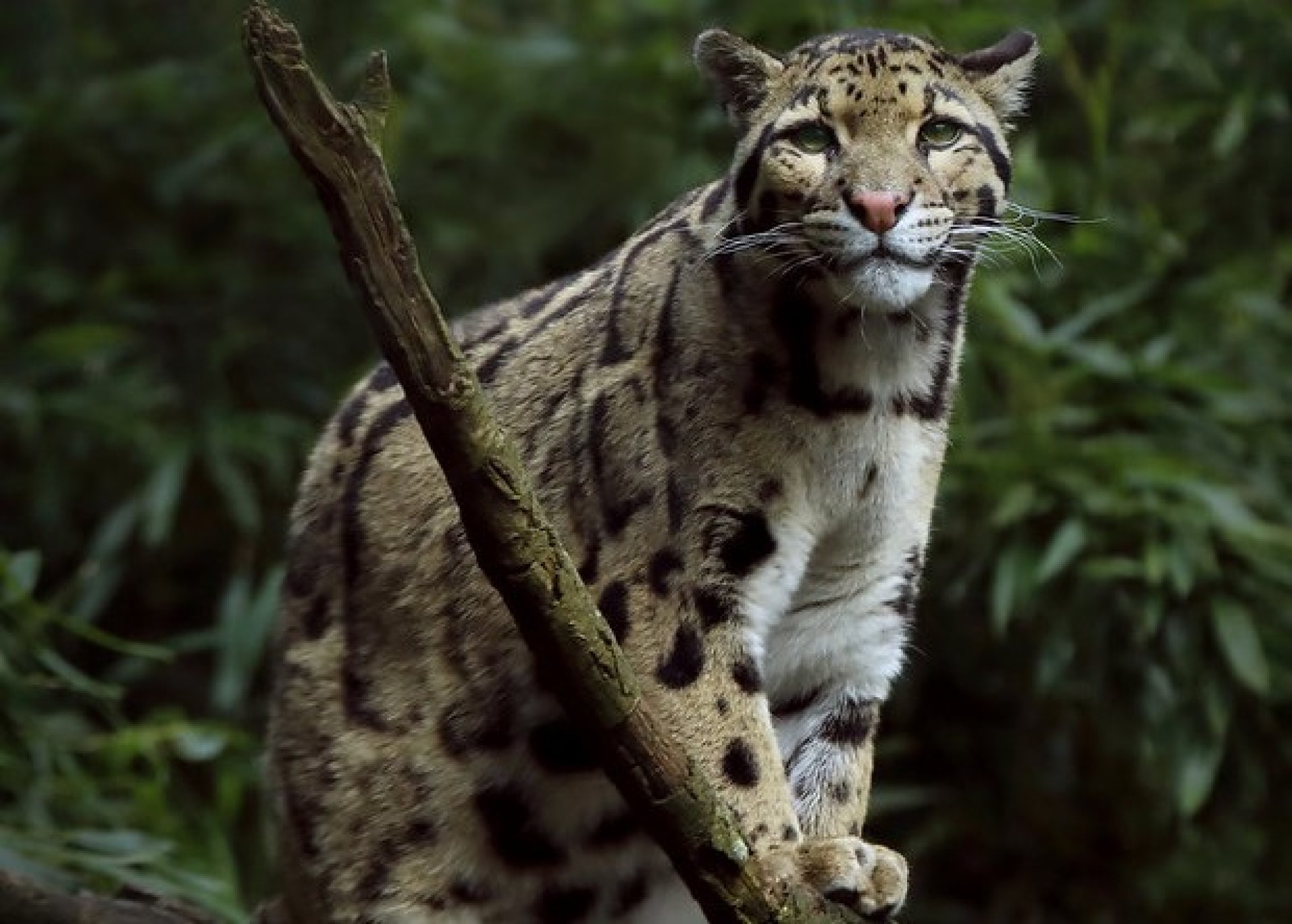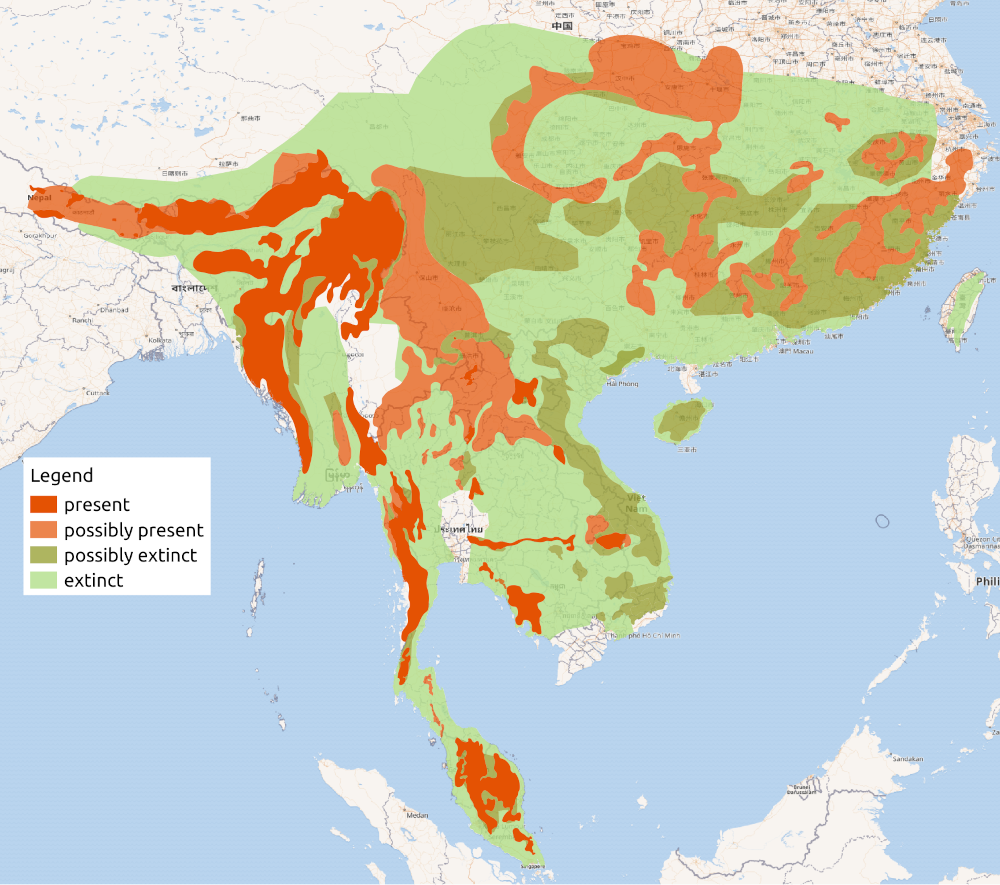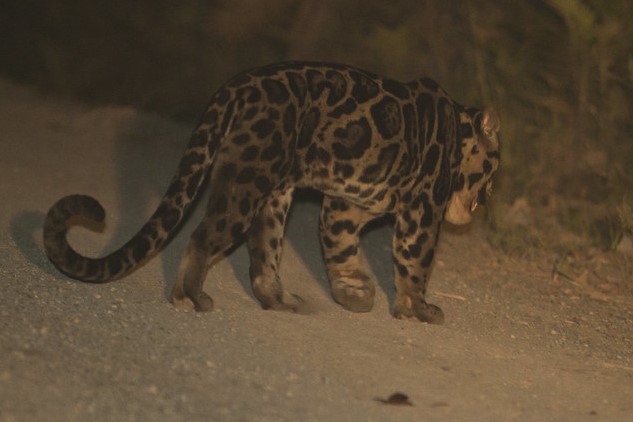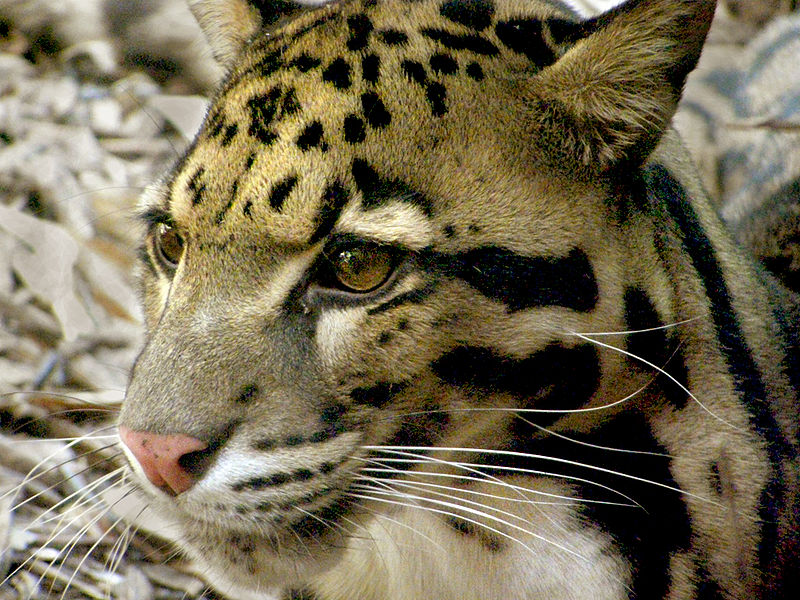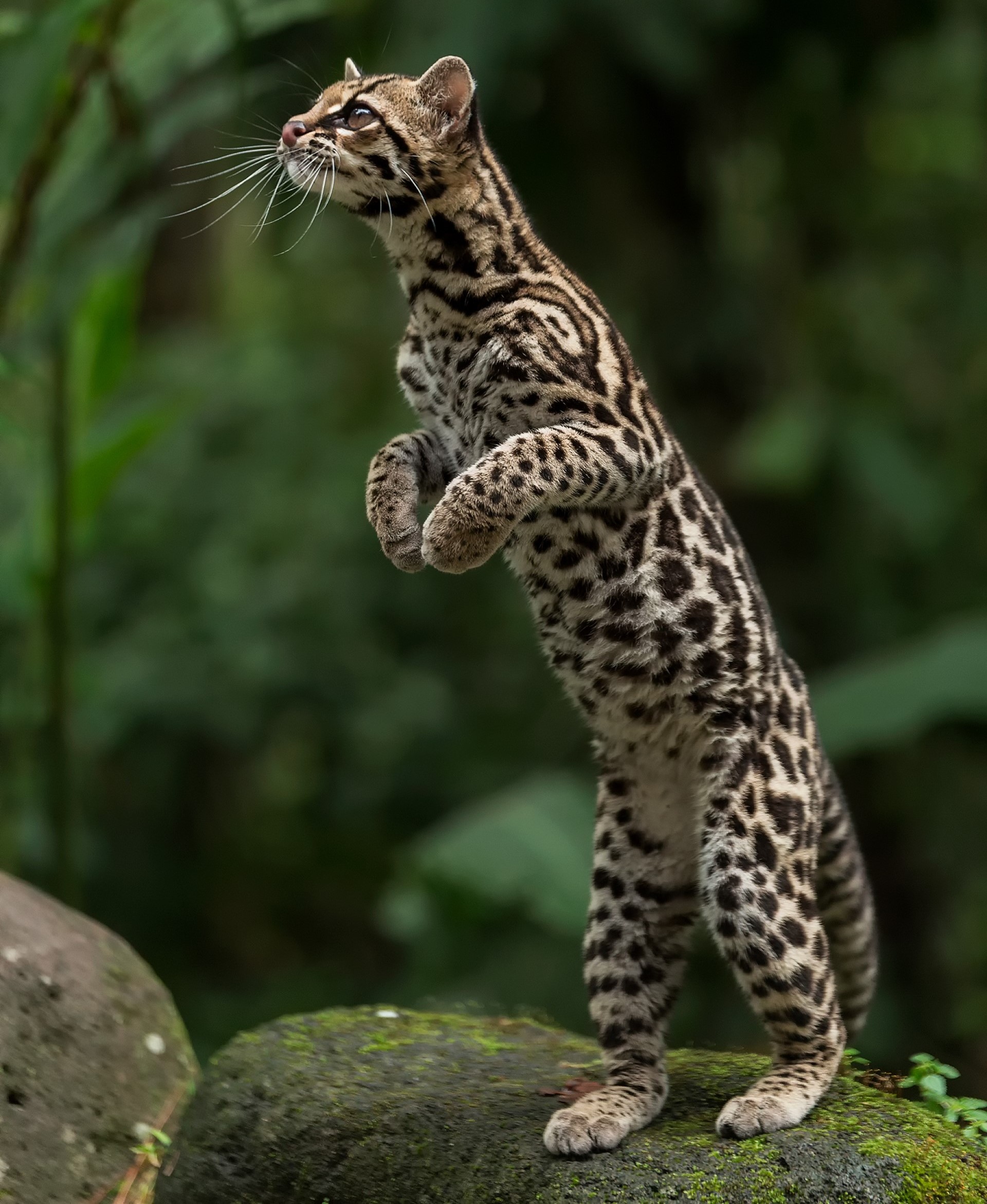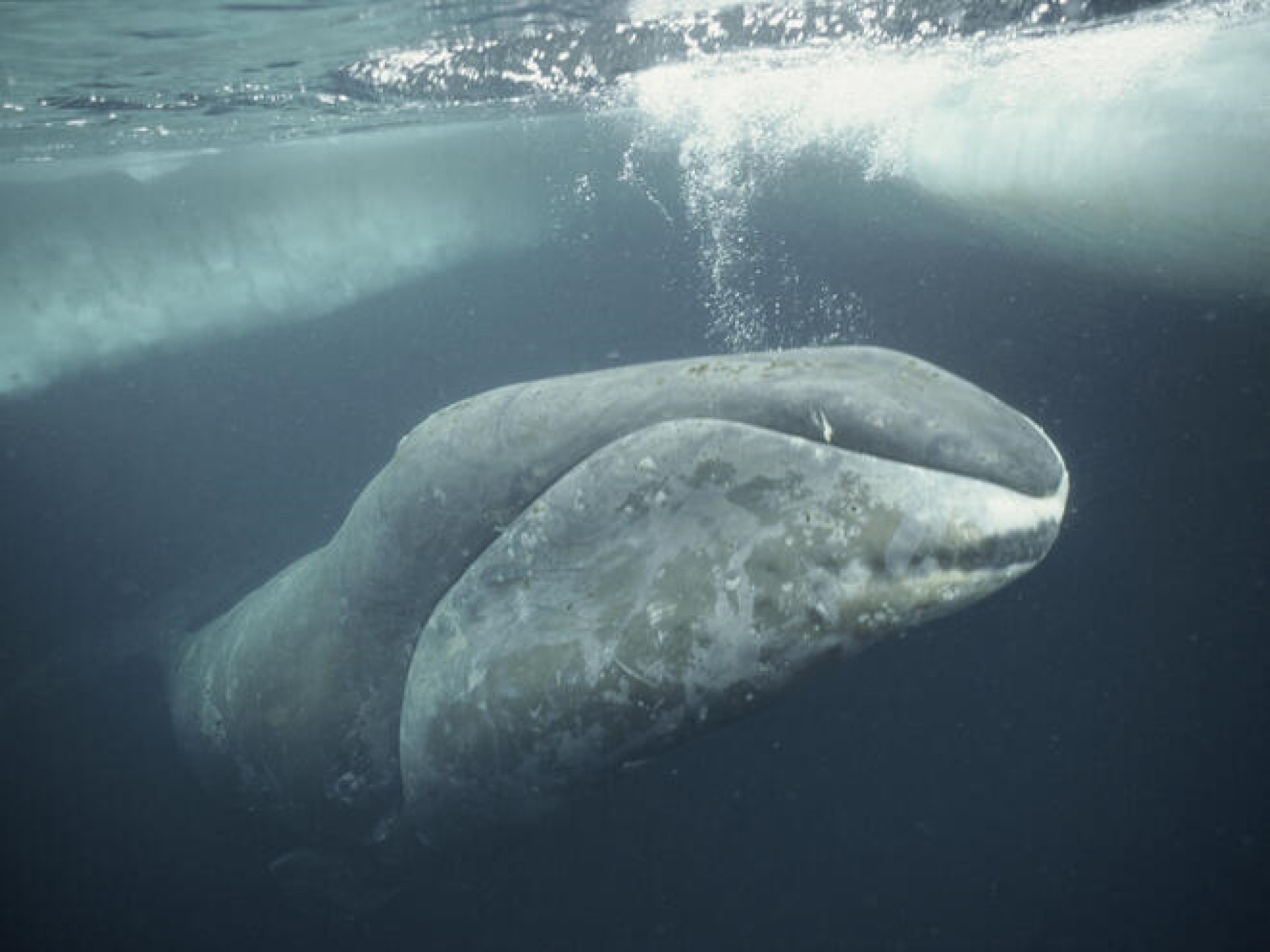
Bowhead whale
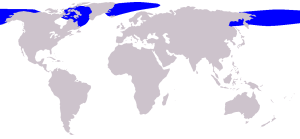 Also known as Greenland right whale, Arctic whale, steeple-top, and polar whale, they are closely related to the right whales, the bowhead whale looks quite different. It is in a different genus to the other right whales (so is a more distant relation.
Also known as Greenland right whale, Arctic whale, steeple-top, and polar whale, they are closely related to the right whales, the bowhead whale looks quite different. It is in a different genus to the other right whales (so is a more distant relation.
The only whale that is endemic to the Arctic and sub-arctic, its mouth is a third of the size of the body. They are incredible long lived often living to 200 years old. They have incredibly thick skulls, which allows them to use their heads to break through the arctic ice.
Unfortunately, they were an early target of whalers, and so in 1966 hunting of them was banned. They have recovered to the point where out of the 5 subpopulations, 3 are endangered, one is vulnerable and the last one currently classed as low risk. Another unfortunate effect of whaling, was to put an end to the summer habits of the bowhead whale – before whaling, it appears that different whale populations would cross seas during the summer, and interbreed.
- The Western Arctic stock in the Bering, Chukchi, and Beaufort Seas estimated at 12,500 (though with 95% confidence range 8000-19500
- The Hudson Bay and Foxe Basin stock estimated at 345 with a high confidence
- the Baffin Bay and Davis Strait stock which is estimated at over 1000 individuals
- the Sea of Okhotsk stock contains only 100-200
- The Svalbard-Barents Sea stock was hunted to near extinction. As such while I cannot find a number, it is unlikely to have a large population

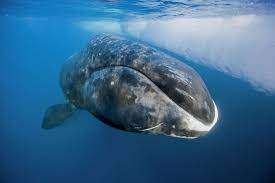
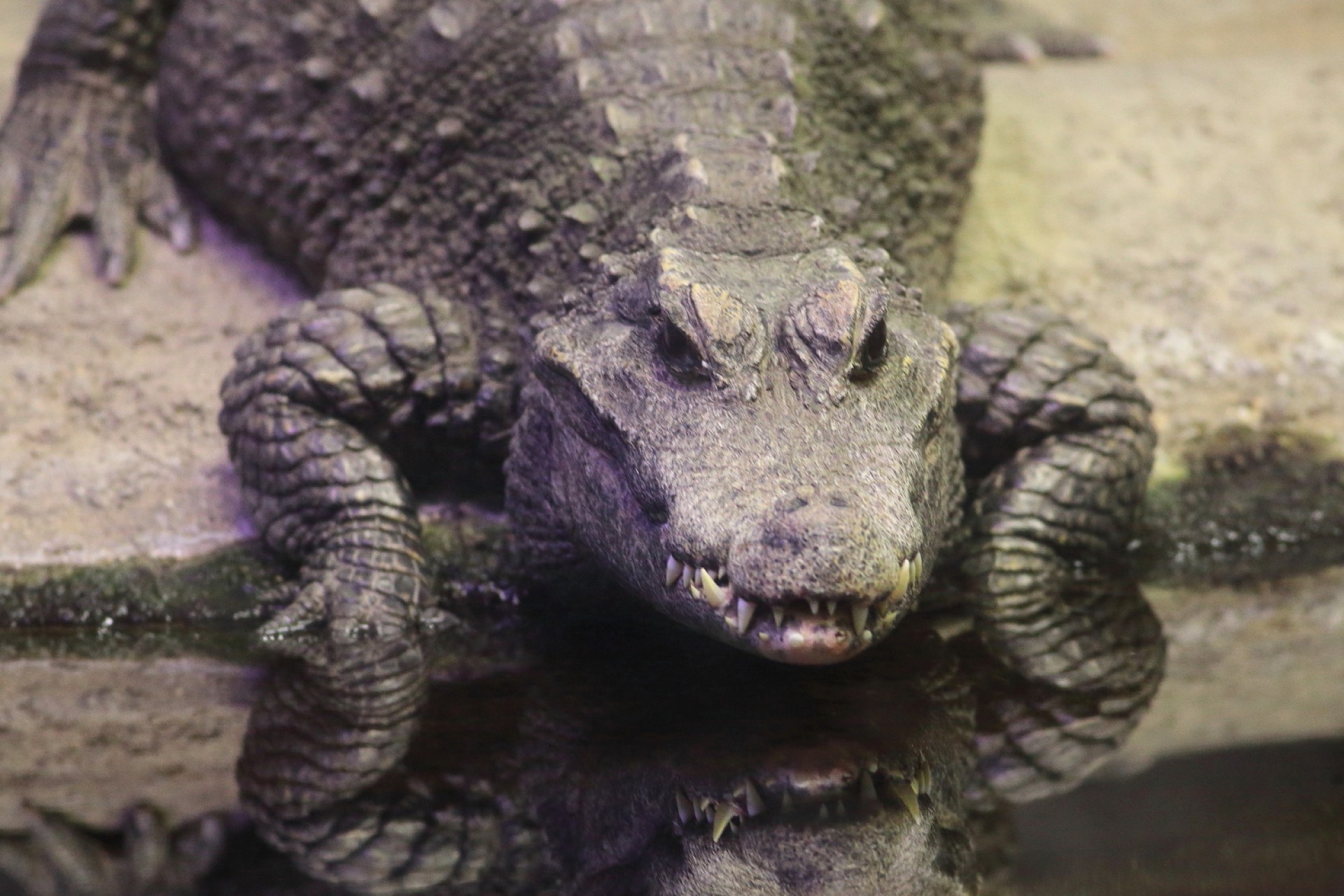
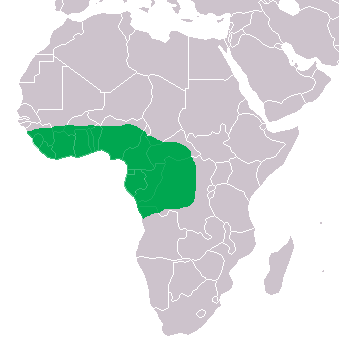
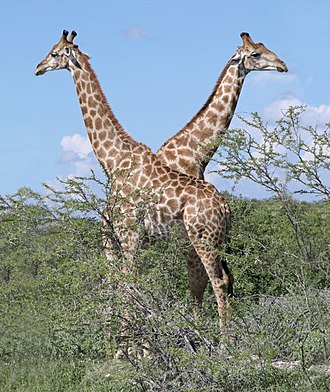

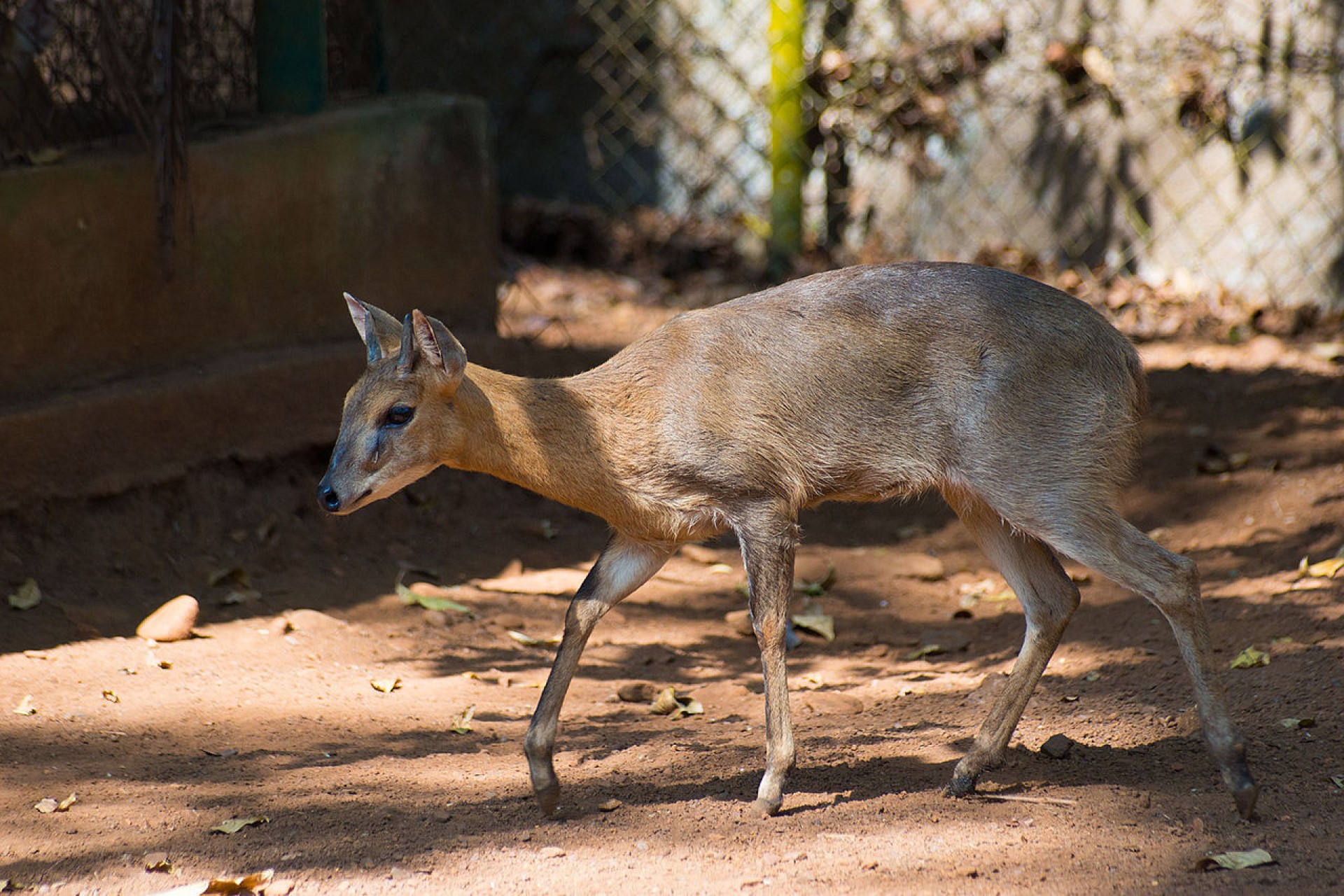
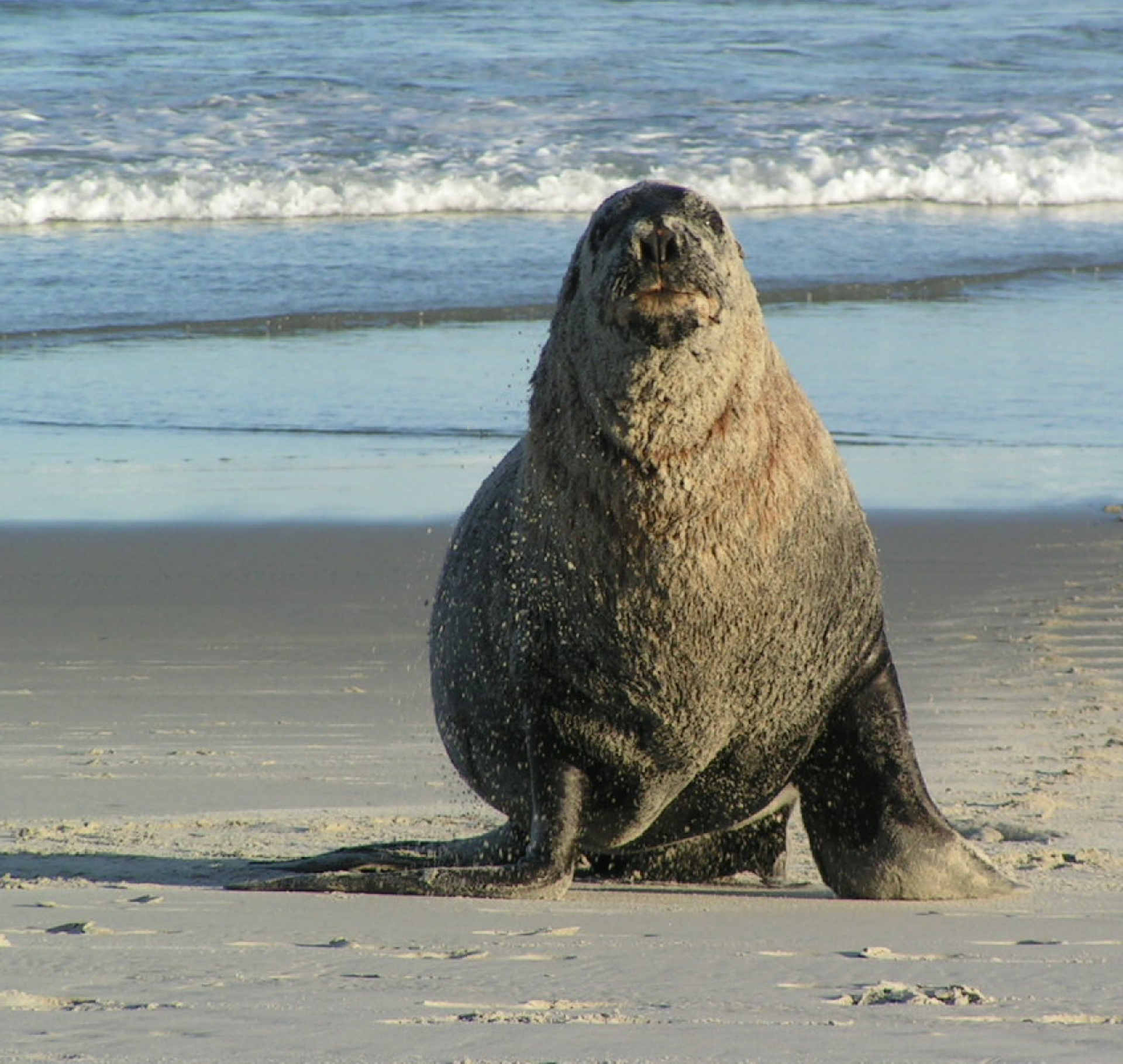

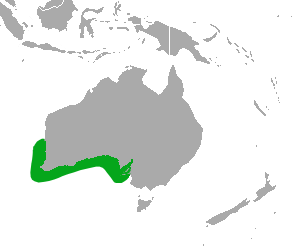 only endemic pinniped found in Australia.
only endemic pinniped found in Australia.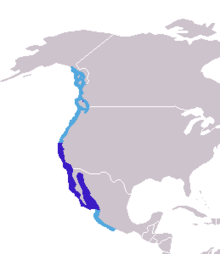 the west coast of north America. On this map, the navy blue marks the breeding rance, while the light blue shows the total range that they can be found in. It should be noted, that previously the Japanese and Galapagos sealion were both considered subspecies of the Californian species, but no longer. They can stay healthy, for a time, in fresh water, and have been seen living for a while in Bonneville dam – 150 miles inland.
the west coast of north America. On this map, the navy blue marks the breeding rance, while the light blue shows the total range that they can be found in. It should be noted, that previously the Japanese and Galapagos sealion were both considered subspecies of the Californian species, but no longer. They can stay healthy, for a time, in fresh water, and have been seen living for a while in Bonneville dam – 150 miles inland.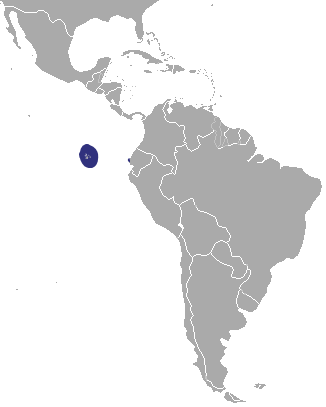 on all of the Galapagos Islands, as well as (in smaller numbers) on Isla de la Plata, which is just 40km from Puerto López a village in Ecuador. There have also been recorded sightings on the Isla del Coco which is 500km southwest of Costa Rica (and 750km from the Galapagos). These are not regular, and so have been considered vagrant. It is of course possible that historically they roamed here, but we cannot say.
on all of the Galapagos Islands, as well as (in smaller numbers) on Isla de la Plata, which is just 40km from Puerto López a village in Ecuador. There have also been recorded sightings on the Isla del Coco which is 500km southwest of Costa Rica (and 750km from the Galapagos). These are not regular, and so have been considered vagrant. It is of course possible that historically they roamed here, but we cannot say. known as the Hooker sealion) is native to south island, though before 1500 it is thought that it was also found on north island. They tend to breed on Subarctic islands of Auckland and Campbell (99% of the pups are born in these islands). In 1993, sealions started breeding on South Island again for the first time in 150 years.
known as the Hooker sealion) is native to south island, though before 1500 it is thought that it was also found on north island. They tend to breed on Subarctic islands of Auckland and Campbell (99% of the pups are born in these islands). In 1993, sealions started breeding on South Island again for the first time in 150 years.

